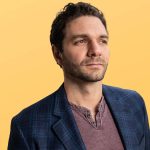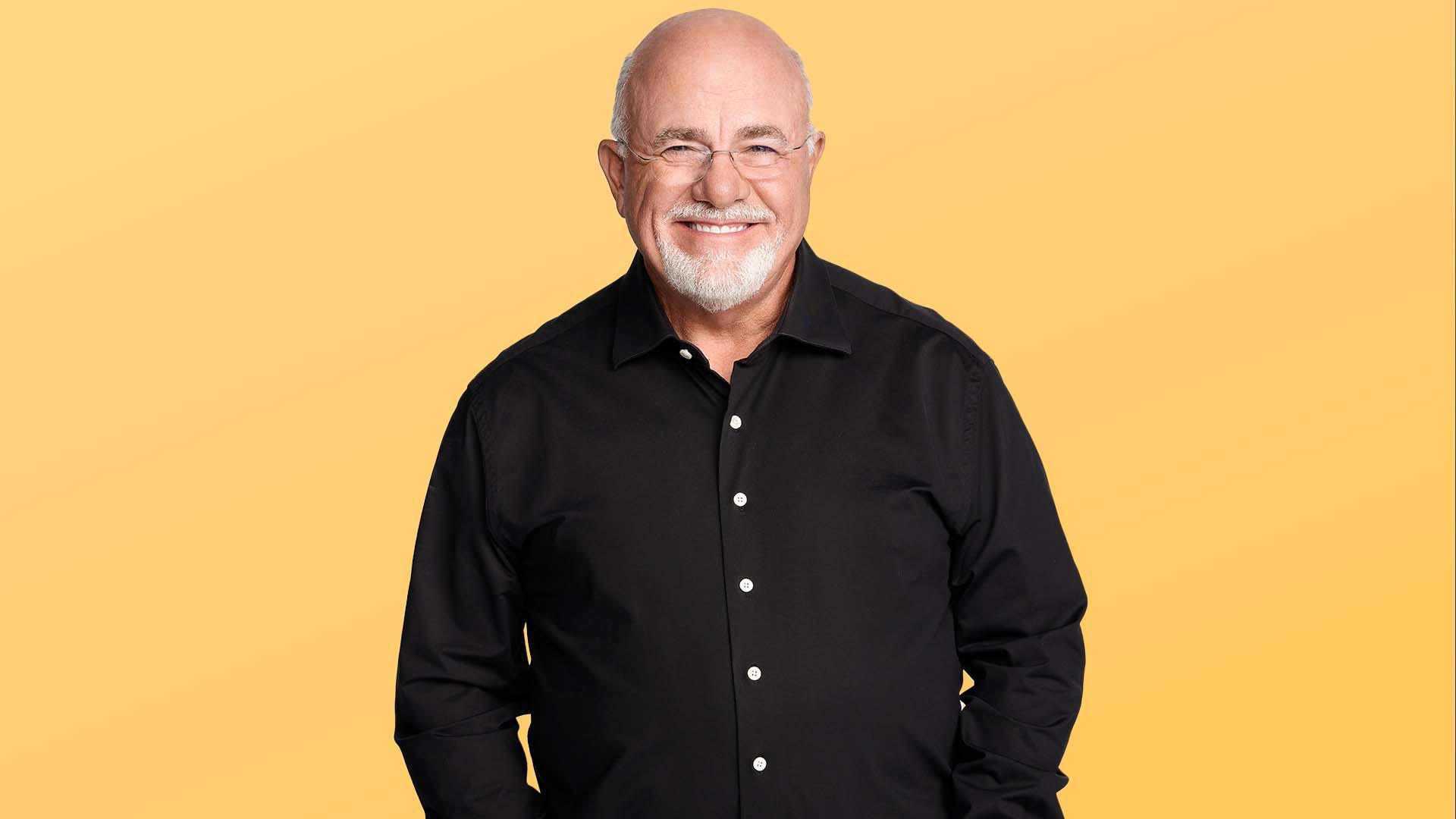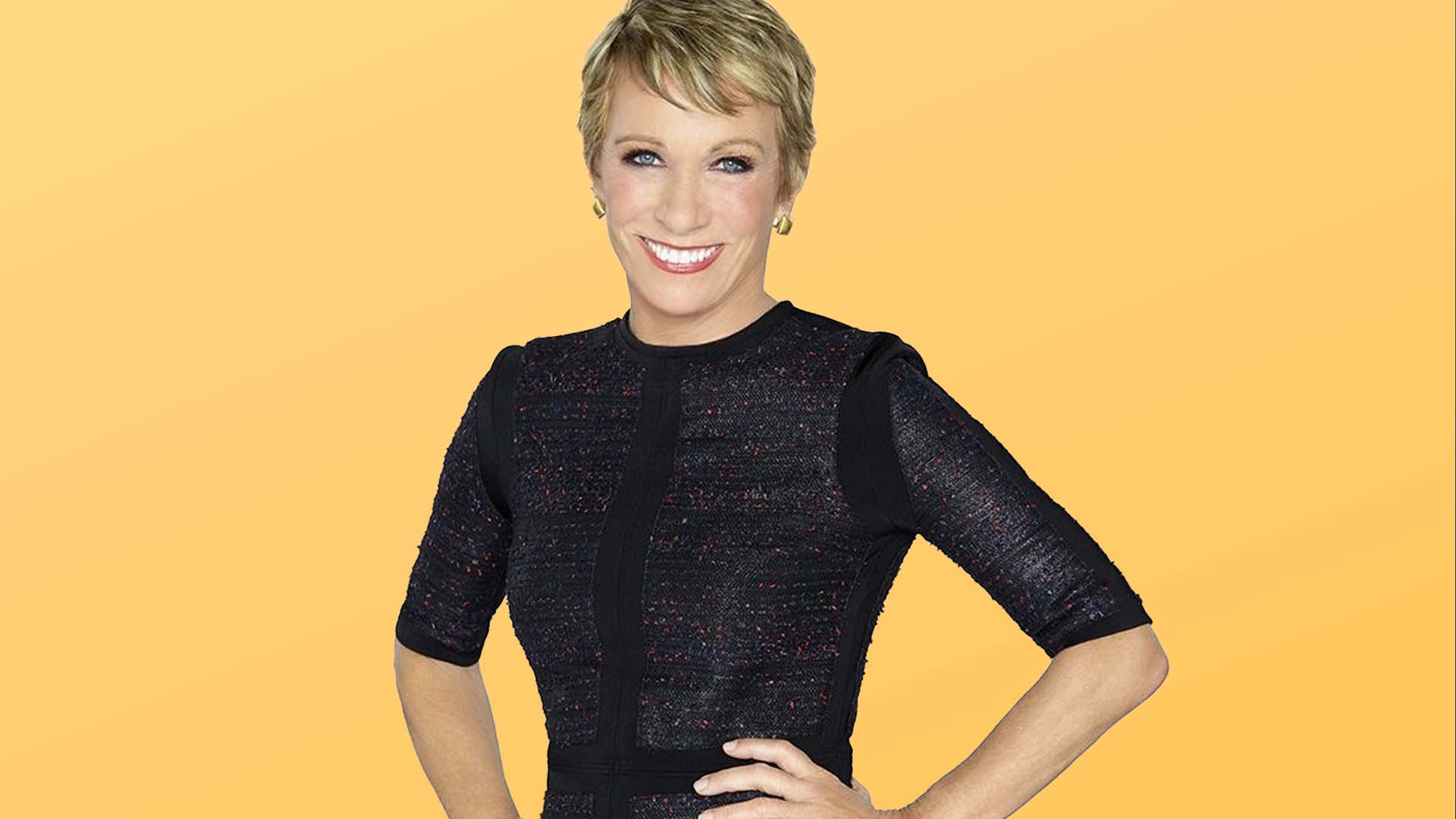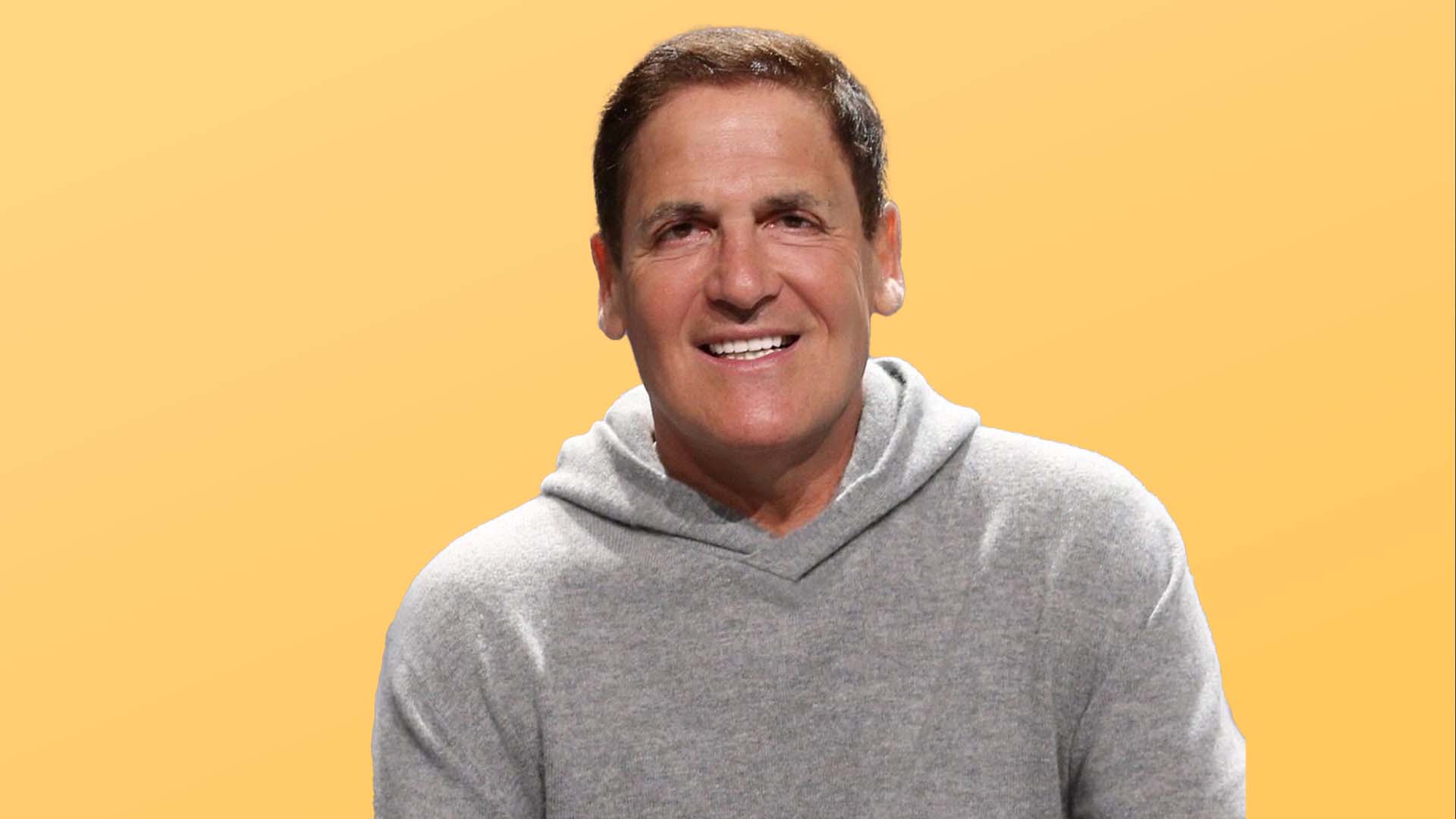6 Pivotal Ways the Wealthy View Money Differently Than the Middle Class

Commitment to Our Readers
GOBankingRates' editorial team is committed to bringing you unbiased reviews and information. We use data-driven methodologies to evaluate financial products and services - our reviews and ratings are not influenced by advertisers. You can read more about our editorial guidelines and our products and services review methodology.

20 Years
Helping You Live Richer

Reviewed
by Experts

Trusted by
Millions of Readers
Wealthy people don’t just have more money — they think about it differently. Chad D. Cummings is an attorney and CPA who has worked on more than $20 billion in complex transactions for high-net-worth clients. He sat down with GOBankingRates as part of our Top 100 Money Experts series to explain how the wealthy see money as a strategic tool rather than a simple reward.
Here are six mindset differences that help the wealthy stay, well, wealthy.
1. They View Money as a Weapon, Not a Reward
The middle class treats money as something to spend after earning it. The wealthy see it entirely differently.
“Wealthy individuals treat capital as a weapon, not a reward,” Cummings said. They view money as “a lever to negotiate terms, control outcomes and bend systems.”
He’s seen clients invest in a competitor’s supplier just to indirectly influence that competitor’s costs. “Middle-class clients typically would not even identify this as a strategic possibility,” he said.
This approach isn’t about greed, Cummings emphasized. “It’s about control, positioning and permanence. Wealthy clients see every dollar as a potential pressure point.”
2. They Focus on Terms and Control, Not Price
Wealthy clients rarely ask Cummings, “How much will this cost?” Instead, they ask, “What do I control if I do this?” and “How much time will this buy me?”
Price, he says, is “a distraction.” The real game is “asymmetric value creation.”
One of his clients paid well above market rate for a minority interest in a business — not for the investment’s fundamentals but because it “contractually guaranteed him veto power over land-use decisions that would impact one of his real estate holdings.”
Middle-class clients focus on maximizing immediate return per dollar. But the wealthy, Cummings explained, understand how to “bend systems to maximize time and influence per dollar.”
3. They Spend Aggressively To Buy Time
Most middle-class clients Cummings advises “will drive across town to save $250.” Wealthy clients, however, “will spend $25,000 to recover six hours.”
This isn’t because wealthy people’s time is inherently more valuable. They simply “treat time as a non-recurring opportunity to scale influence or deepen control.”
One client spent $60,000 building a custom interface to automate a workflow that only cost his firm $1,200 monthly. Why? “He wanted that team focused solely on strategic M&A activities, not compliance drudgery.” The payoff came a year later when his team beat a larger rival in a leveraged acquisition.
“The middle-class trades time for savings,” Cummings said. “The wealthy buy time to compound power.”
4. They Prioritize Structure Over Liquidity
Many middle-class business owners think having cash in a bank account equals freedom. Wealthy clients know better.
“Wealthy clients understand that liquidity is an illusion if legal structure is ignored,” Cummings said. High-net-worth clients structure their holdings “through layered trusts, offshore blockers and segregated entities — not to ‘hide money,’ but to turn liquidity into controlled leverage.”
One client in the middle of an IRS audit had almost no assets in his name yet still operated with a private jet, multiple businesses and several real estate holdings. Everything ran “through carefully structured (legally) anonymized entities.”
The key difference: “Middle-class clients confuse nominal ownership with control. Wealthy clients understand that the true utility of capital lies in structure, not visibility.”
5. They Use Debt as Control, Not Survival
A middle-class person uses debt to access what they can’t afford. A wealthy individual uses debt “to silo risk, obscure equity and extract tax advantages,” Cummings explained.
One client acquired a $9.7 million commercial property entirely through a special-purpose entity funded by mezzanine debt and preferred equity, keeping only $250,000 of his own cash at risk. If the deal collapsed, the fallout would stop at the entity. If it succeeded, “the equity flowed to a Delaware dynasty trust with zero estate exposure.”
Most middle-class investors think debt signals weakness. “In practice, it is a sign of insulation,” Cummings said.
6. They Weaponize Legal Frameworks
Wealthy clients don’t just follow laws — they use them strategically.
“Wealthy individuals weaponize legal frameworks; the middle class obeys them,” Cummings said. This doesn’t mean breaking laws. It means wealthy clients “engage counsel proactively to legally and proactively engineer around foreseeable constraints.”
One Texas client used an irrevocable spousal lifetime access trust to shift future appreciation out of his estate, then used valuation discounts from a family limited partnership to transfer control without triggering gift tax. “His middle-class peers were still filing TurboTax returns and worrying about Roth IRA limits,” Cummings said.
The takeaway: “The legal system is a tool. The wealthy learn to wield it.”
The $10 Million Mindset Shift
According to Cummings, there’s a specific inflection point where people change how they think about money. “The mindset shift occurs around $10 million in net worth or $1.5 million in unearned annual income,” he said.
Before that threshold, clients make decisions “based on security and accumulation.” After crossing it, “they begin to think in terms of optionality, political exposure and jurisdictional arbitrage.”
The questions shift from “How can I grow this?” to “How can I ensure this endures across regimes, lawsuits and market cycles?”
One client shut down a profitable business because it created regulatory exposure in a state where he had pending litigation. “The middle-class would see this as irrational. The wealthy see it as pruning a branch to protect the tree.”
Once wealth becomes visible, especially in states like Florida and Texas, it attracts attention. Cummings said he has had clients sued by siblings over trust distributions, stalked by judgment creditors and targeted by whistleblower claims from former employees.
Middle-class clients ask him how to maximize yield. Wealthy clients ask “how to disappear from registries, firewall assets and forecast reputational blowback.” The difference lies in understanding that “wealth creates exposure, not just opportunity. That exposure compounds faster than interest.”
The Bottom Line
The shift isn’t primarily financial; it’s mental, at least according to Cummings.
“The wealthy think in terms of systems, not events. Structures, not outcomes. Control, not appearances,” Cummings said.
But you don’t need to wait until you’re rich to start thinking this way. “It’s not about waiting until you’re rich to think like the rich,” he said. “It’s about understanding that thinking like the rich is how many got there in the first place — and more importantly, how they stayed there.”
His final point: “For the wealthy, the name of the game isn’t building wealth; it’s preserving it.”
This article is part of GOBankingRates’ Top 100 Money Experts series, where we spotlight expert answers to the biggest financial questions Americans are asking. Have a question of your own? Share it on our hub — and you’ll be entered for a chance to win $500.
 Written by
Written by  Edited by
Edited by  Money Expert
Money Expert 








































































































